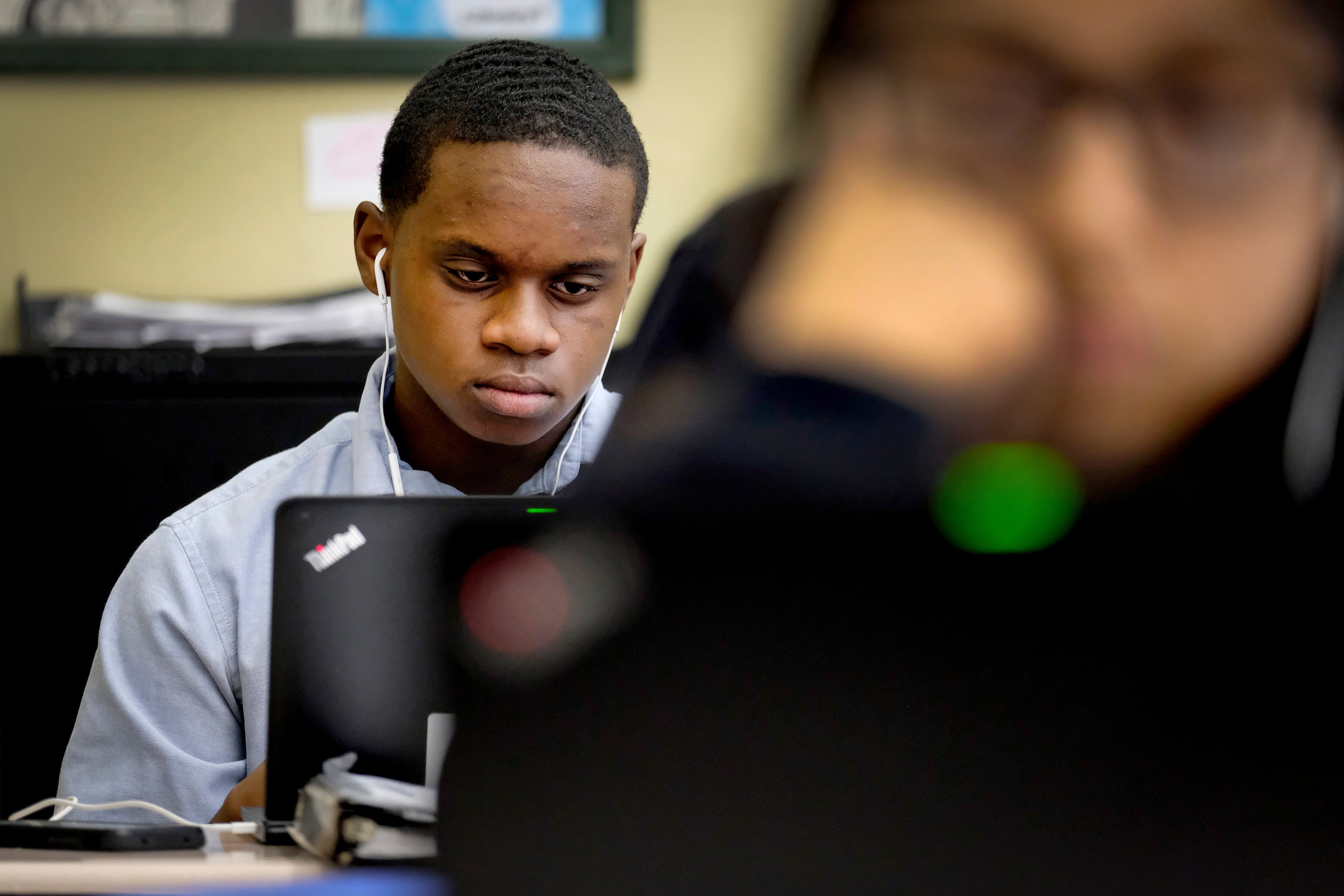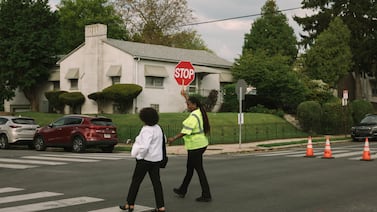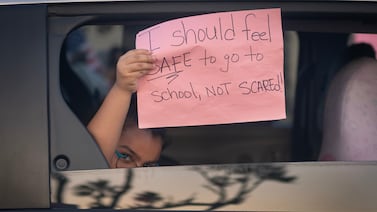High school sophomores in six Indianapolis districts and charter schools will be able to graduate with college credits, job credentials, and professional experience, thanks to an apprenticeship program unveiled Tuesday.
The Modern Apprenticeship Program, an initiative of the non-profit Ascend Indiana and EmployIndy, will connect students during the school year with potential employers. Indianapolis Public Schools, Phalen Leadership Academy, Pike Township, Washington Township, and Victory College Prep will participate in the program.
The Richard M. Fairbanks Foundation is funding the $3 million program. (The foundation is also a funder of Chalkbeat.)
Up to 30 rising juniors will participate next summer in the program’s pilot year. Each student will apprentice in growing fields such as information technology, health care, financial services, or advanced manufacturing, for two to three years. The positions will pay an average of $13 per hour. Applications open in early January. Students will be paired with employers by late spring.
The apprenticeships will teach workplace etiquette and demonstrate the importance of employee diversity, equity, and inclusion. Many of the apprenticeship activities will occur during the school day, to allow students to participate in extracurricular activities.
Ascend Indiana will help employers create training plans for apprentices, and EmployIndy will stage boot camps to prepare and recruit apprentices. EmployIndy will also provide employers with youth apprenticeship managers, who will offer students support and training.
While planners envisioned providing hands-on experience, they acknowledge the limits of working during a pandemic.
The employer partners are still figuring out how they will train students virtually, as long as COVID safety precautions are in place, said Marie Mackintosh, chief operations officer for EmployIndy.
“As we think about recruitment of students, initially, we had imagined that we would be spending a lot of time in the high schools this fall, and next spring, and we won’t be able to do that, because most high schools don’t allow visitors in the current environment,” Mackintosh said.
Because of the uncertainty about what apprenticeships may look like under COVID restrictions, EmployIndy and Ascend Indiana officials are working partners to come up with creative ways to get the word out to students.
Employers are still working out whether students will work in person, and how that will happen.
The program aims to propel more high school graduates into professions. Even before the pandemic and the resulting recession, Indiana had low proportions of students seeking credentials and postsecondary education.
Eight years ago, Indiana officials set a goal of having 60% of working-age residents with a college degree or “high quality” job credential by 2025. The current figure is 48.5%, according to the Lumina Foundation. Although that figure grew by 15.1 percentage points from 2008, Indiana still lags behind the national average of 51.3%.
Additionally, fewer students are going to college than did four years ago, according to the Commission for Higher Education’s data. Among 2018 Indiana high school graduates, the latest state data available, 61% chose to attend college, a decline from 65% of 2015 graduates.
Of those who do enroll, only 62% complete their degree within six years, according to Claire Fiddian-Green, the president and CEO of the Richard M. Fairbanks Foundation.
“What this means is that Indiana like the rest of the country has a leaky talent pipeline, successfully serving only about half of our high school graduates,” Fiddian-Green said during the program announcement, shared via Zoom, from a ceremony at Phalen Leadership Academy.






